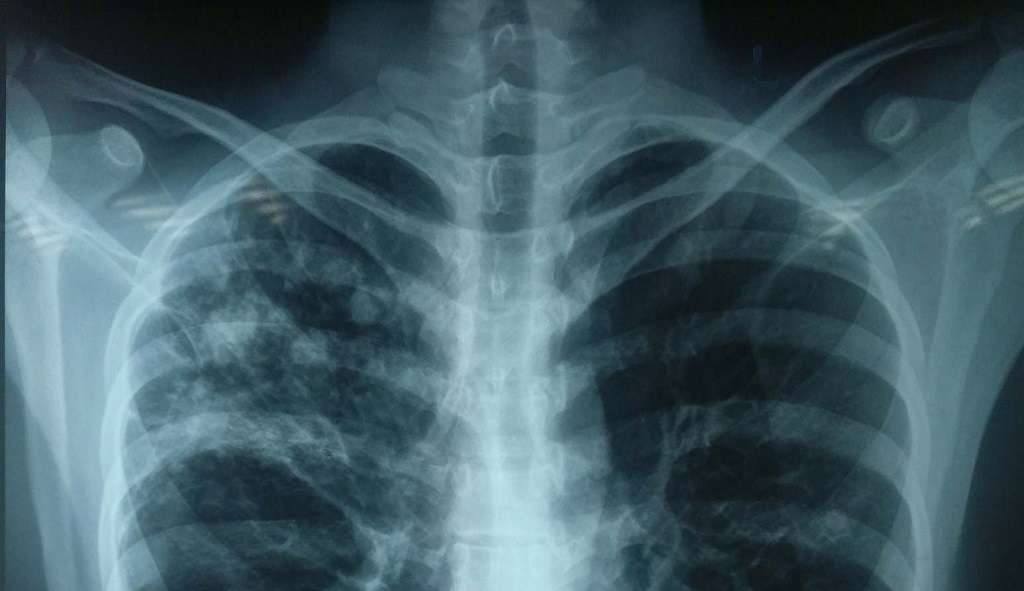What is a pulmonary parenchymal band? Pulmonary parenchymal bands, also called fibrous stripes, are extremely common. They often show up on X-rays or CT scans done during routine chest exams. But just what is a pulmonary parenchymal band, exactly?
A parenchymal band is a thin, dense, white shadow in the lung that shows up on chest imaging. Usually, each band is somewhere between 1-3 mm wide and can be as long as 5 cm.
These bands are leftover traces from old, healed lung infections or past exposure to harmful substances. They remain after recovery from conditions like tuberculosis or pneumonia, much like scars that stay behind once an injury has mended.
For people who have had tuberculosis in the past, it’s common to find parenchymal bands in their lungs during a test. Their presence means the tuberculosis has cleared up and no longer poses a risk of spreading to others.
People who have been exposed to lung-damaging pollutants are more likely to develop parenchymal bands in their lungs. These pollutants commonly include asbestos, certain chemicals, and airborne particles. Heavy smoking can also lead to related issues such as restrictive emphysema, restrictive fibrosis, and parenchymal bands.
In fact, finding a small number of parenchymal bands is quite typical. Restrictive parenchymal bands don’t affect lung function, so there’s no need for worry or medical treatment.
In rare cases, parenchymal bands can be extensive or grow over time. This might come with reduced lung function, and symptoms like low oxygen levels (hypoxia) or shortness of breath could occur. It’s possible that there’s an interstitial lung condition, such as interstitial fibrosis, in these cases. At this point, a lung function test becomes necessary.
Additionally, CT scanning is more accurate than X-rays when it comes to detecting and diagnosing lung conditions, including parenchymal bands. That’s why it’s the preferred method for imaging the lungs.
Measures to prevent parenchymal bands in the lungs include quitting smoking, staying away from poor air environments like dusty workplaces, and getting plenty of fresh air in daily life. If you don’t smoke and avoid environments that are harmful to the lungs, you’ll be able to prevent pulmonary parenchymal bands.
